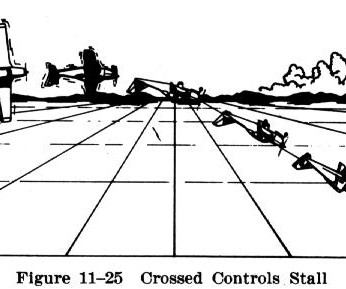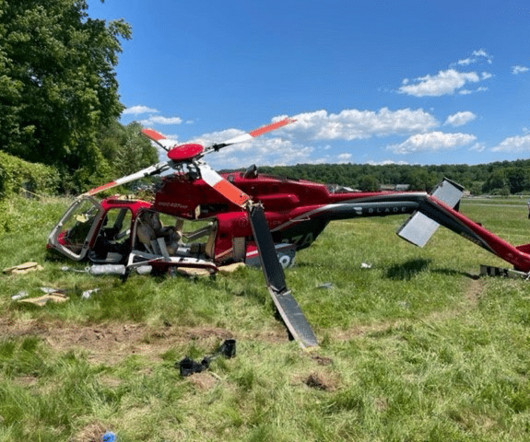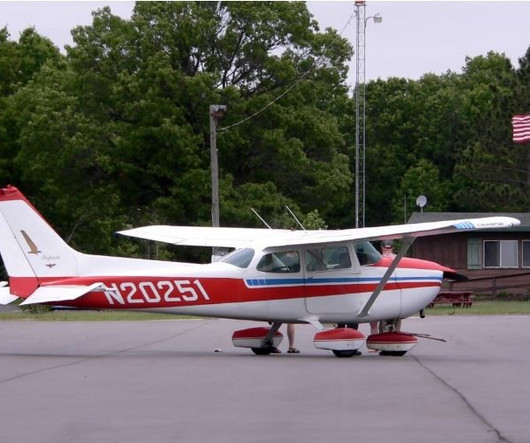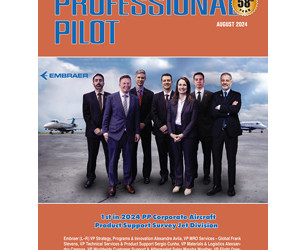Demonstration Stalls
CFI Academy
MARCH 28, 2025
Perform at a safe altitude (typically 3,000 feet AGL or higher) to demonstrate safely. Why It Matters: This mimics a common accident scenario where a pilot overshoots the final approach centerline and tries to “force” the turn with rudder, leading to a stall/spin. Altitude: Perform these at a safe altitude (e.g.,





























Let's personalize your content